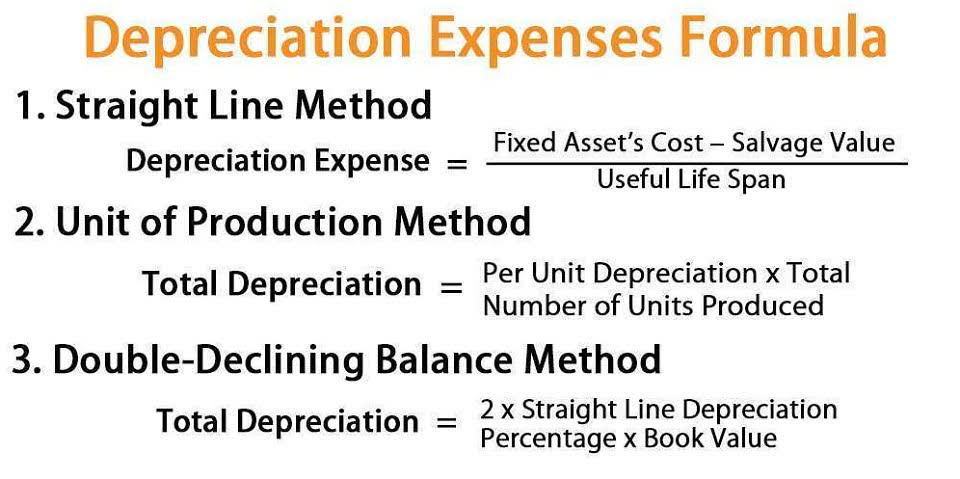
Other types of investors are often more focused on whether their property has the potential to appreciate and what that will mean for their equity position. These investors are generally willing to wait and get the cash flow real estate definition bulk of their expected financial return upon sale. It’s a very simple concept but fundamental to real estate investment practices. A positive cash flow will provide an investor with continuous income and financial stability to reinvest in more properties. Understanding cash flow from real estate will help you make informed buying, holding, and selling decisions regarding property. While major capital expenditures, debt service payments and income taxes aren’t included in NOI, they are included in after-tax cash flow and can have a big impact on a property owner’s bottom line.
How Is Cash-on-Cash Return Calculated?
That’s why it’s How to Run Payroll for Restaurants useful to look at a variety of metrics for a property to make an informed decision. The same is true when looking at the unlevered (without debt) example above. The cash on cash return in the unlevered series of cash flows above is 6.2% ($95,000 divided by $1,515,000), and the IRR is 7.51%.
What is Cash on Cash Return
For example, if you have a $1,000,000 loan at a 5% interest rate amortized over 20 years, then your annual debt service would be $79,194. That means you would have paid down the principal balance on your loan by $377,784 over 10 years ($1,000,000 – $622,215). Since the cash on cash return is based on a single year’s operating cash flow, it does not consider this principal pay down over the term of the loan. However, sometimes you might see the cash on cash return in a scenario like this calculated in other ways.
Real-World Example of Cash-on-Cash Return
In real estate, the difference between net income and cash flow is crucial to understand because of the importance of loan payments in the sector. Investing cash flow measures in and outgoing cash generated by investments. More often than not, investing cash flow is most helpful in a trading context; this cash flow may measure interest generated by an asset or dividends paid out by a fund. Income-earning capital assets may earn investors a return through the cash they generate. However, an income-earning asset may require prolonged investments to maintain its income-earning function.
In essence, it indicates how well a company or individual can cover their debt payments using their available income. Zilculator helps real estate professionals calculate both cash flow before and after taxes for up to 30-year holding period. Self-managing your rental property instead of hiring a professional property manager is another way to reduce expenses.
- Because property often presents high financial thresholds, financing is integral to real estate investing.
- They act as a safety net, ensuring that the investor can cover unexpected expenses or vacancies without struggling financially.
- It may be positive, but once deductions are applied, the after-tax value may be negative.
- The term “cash flow” is commonly used to describe the amount of money produced by a property.
- Those who want to increase their cash flow can do so by either a) increasing revenue or b) lowering their expenses.
- These supplemental incomes, though often overlooked, can significantly boost a property’s bottom line.
How do operating expenses affect cash flow?

You can’t get an accurate picture of the market by simply looking at the rent you might be able to charge for a property. When weighing new investment opportunities in real estate, cash flow is crucial. Investing in a rental property only to see it become a money pit is the last thing you want to do.


We aim to make sure everything on our site accounting is up-to-date and accurate as of the publishing date, but we cannot guarantee we haven’t missed something. It’s your responsibility to double-check all information before making any financial decision. Get instant access to video lessons taught by experienced investment bankers.
Positive and Negative Cash Flow

Positive cash flow is crucial as it indicates that a property generates more income than it costs to maintain and manage. You can reinvest this surplus into the property for improvements, expand your portfolio, or collect it as income. Cash flow investing in real estate is similar to investing in dividend stocks. The idea is to invest in real estate assets that generate regular cash distributions in the form of rent payments.

Positive cash flow indicates a net balance where more money is generated by an asset than is spent on it. Alternatively, negative cash flow means an asset’s expenses exceed its generated cash. Homeowners can use bridge loans toward the purchase of a new home while they wait for their current home to sell. Businesses seek bridge loans when they are awaiting longer-term financing and need money to cover expenses in the interim.
